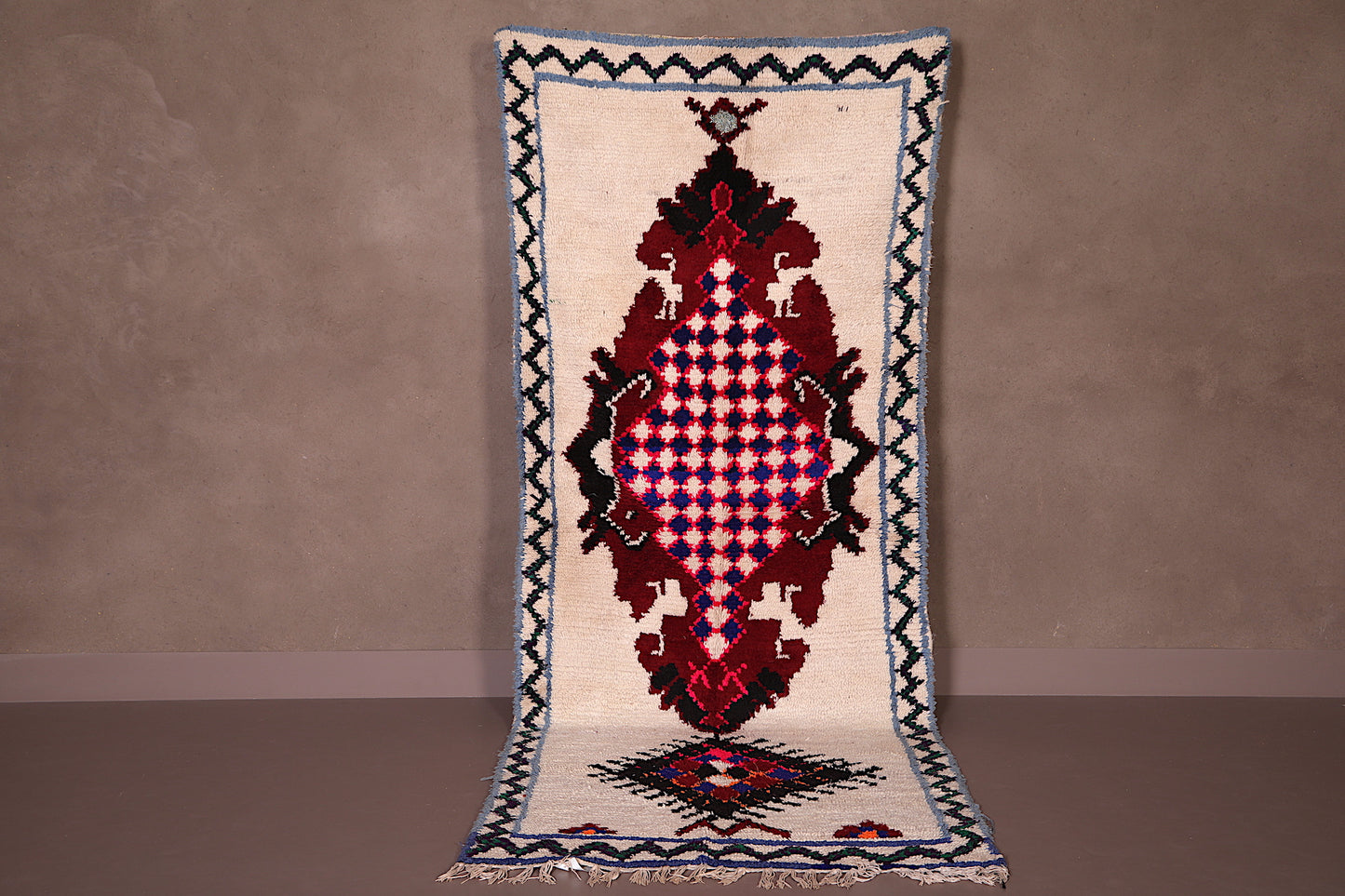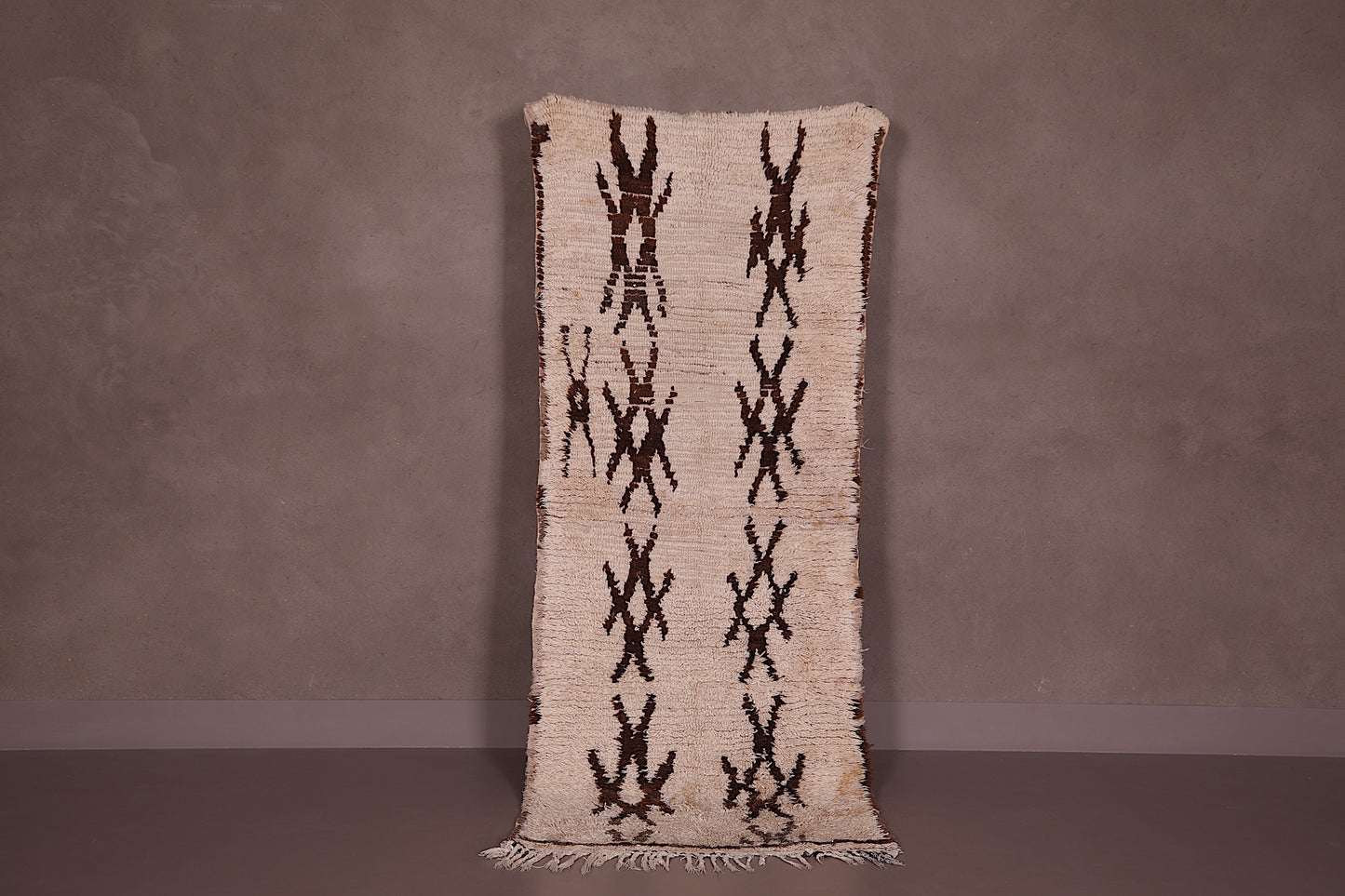You understand that feeling you get while you come upon something unexpectedly stunning? Maybe an antique vase at a flea marketplace or a hand made lamp in a little save you've in no way been in before. There's a thrill in uncovering a treasure from the beyond that also delights your senses these days. That's what coming across antique Moroccan rugs is like. These weavings had been crafted for hundreds of years in Morocco, with alluring geometric styles, lush pile, and colorations that pop. Each rug has a tale to tell, woven into its threads. In this adventure via Moroccan rug history, you may find the splendor in those works of artwork and benefit an appreciation for the craft at the back of them. Get equipped to be wowed by means of the vibrancy and artistry of Moroccan culture expressed in each antique rug. An journey awaits you within the souks of Morocco, no passport required.
The Rich History and Cultural Significance of Moroccan Rugs
Moroccan rugs have been woven for centuries, relationship back to at the least the eighth century. These handmade works of art replicate the various cultural influences - Berber, Arab, and Mediterranean - that make up Morocco’s wealthy records.
Traditional Moroccan rugs, specifically vintage portions, offer a glimpse into the lives of the indigenous Amazigh people and the way trade and travel inspired Moroccan layout over the years. Geometric patterns, tribal symbols, and botanical motifs are intricately woven in saturated sun shades of red, blue and saffron. The outcomes are visually beautiful rugs that tell a story.
The oldest rugs incorporated easy geometric shapes and lines, commonly in purple and white. As alternate spread out within the sixteenth century, indigo blue and cochineal red dyes have been delivered, making an allowance for greater complex styles. The past due 19th century added extra naturalistic designs encouraged through the Europeans who had by means of then established a presence in Morocco.
No two rugs are precisely alike. Designs and colour palettes numerous based at the tribe and place wherein the rug become made. Some of the most famous tribal styles are the Azilal, Beni Ourain, and Boujad. The diversity of Moroccan rugs displays the various cultural influences on Morocco over the centuries.
Owning an proper vintage Moroccan rug lets in you to personal a bit of this records and show a piece of artwork in your own home that has a story to inform. A tale of the Amazigh girls who wove these rugs, and the lengthy journey those textiles have made thru time and around the world.
Traditional Moroccan Rug Materials and Dyes
Traditional Moroccan rugs are crafted from herbal, natural materials which have been used for centuries. Wool, cotton, and silk have been usually used for the pile, that is the floor you stroll on. Moroccan wool is famend for its softness, thickness, and durability. Cotton adds consolation and silk provides a high priced sheen.
Plant-based totally dyes had been used to color the fibers, creating rich colors of red, blue, yellow and green. Some rugs incorporated natural dyes from saffron, indigo, cochineal, and pomegranate. These dyes had been regularly combined to provide vibrant oranges, purples and browns. The natural dyes and hand spinning process resulted in diffused shade variations that gave Moroccan rugs their unique vintage patina.
The herbal materials and dyes also intended that no rugs were precisely alike. Slight differences in dye masses, spinning, and weaving techniques ended in rugs that were visually similar however by no means identical. These minor imperfections are what give Moroccan rugs their precise allure and man or woman.
Owning an real antique Moroccan rug is like proudly owning a chunk of records. The herbal wools, silks and cotton sense high priced underfoot, whilst the diminished colours and imperfections inform a tale of an age-vintage inventive way of life. A handcrafted Moroccan rug brings life to any space with its combination of brilliant colorations, cultural history and bohemian spirit. For rug connoisseurs, there's definitely no substitute for the real component.Distinctive Patterns and Motifs in Vintage Moroccan Rugs
The intricate patterns and motifs woven into vintage Moroccan rugs are what give these textiles their distinctive charm. Many of the designs have cultural and historical significance, used for centuries in Moroccan decor and passed down through generations of weavers.
Geometric Shapes
You’ll find many vintage Moroccan rugs featuring geometric shapes like diamonds, stars, hexagons, and octagons. These symbolic shapes were thought to have protective powers and were used in amulets and talismans. They represent harmony, balance and the cosmic order of the universe.
-
Diamond shapes signify fertility, creativity and protection.
-
Six-pointed stars are a common motif thought to protect against the “evil eye”.
-
Octagons often represent harmony and infinity.
Botanical Motifs
Floral and plant-inspired designs are also popular, with motifs like the “tree of life”, leaves, flowers and vines. These natural elements symbolize growth, renewal and life.
-
The “tree of life” motif represents immortality, knowledge and fertility. It often features a central tree with branches extending outward.
-
Ivy and vine motifs signify longevity, continuity and prosperity.
Abstract Patterns
Some vintage rugs feature abstract, free-form patterns with swirling lines, dots and teardrop shapes. These expressive, non-representational designs supply weavers an opportunity for creativity and improvisation. The resulting patterns may have a dreamy, meditative pleasant.
The exclusive patterns and motifs in antique Moroccan rugs provide insight into the culture’s ideals and values. An understanding of these timeless designs allows to understand the rich history and artistic mastery behind Moroccan weavings. Owning one of these rugs allows you to surround your self with that splendor and craftsmanship.

Styles of Moroccan Rugs Through the Ages
Moroccan rugs have been woven for centuries, with styles evolving over time. As you shop for vintage Moroccan rugs, familiarizing yourself with the different styles will help you find a rug that matches your decor and personal taste.
Boujad
Boujad rugs, from the early 20th century, are known for their vibrant orange and pink hues, woven into complex tribal patterns. Boujad rugs add a hue and visual interest to neutral, minimalist rooms.
Azilal
Azilal rugs, woven by Berber tribeswomen, feature abstract geometric patterns in soft natural wool. Their undyed, handspun wool has subtle ombre effects. Azilal rugs are perfect for farmhouse, boho, and minimalist decor.
• Natural, undyed wool in creamy ivory, beige and light brown hues.
• Loose, shaggy pile with a distressed, vintage look.
• Geometric diamond and triangle patterns.
Tips for Identifying and Purchasing an Authentic Vintage Moroccan Rug
Check the Knotting and Weave
The knotting and weave of a rug often display its age and starting place. Moroccan rugs traditionally use a symmetrical knot, with every knot tied by hand. Look for a good, dense pile with a hundred-500 knots per square inch for a excellent vintage rug. The weave ought to be even, with no slubs or irregularities. An choppy, free weave usually indicates a more recent, decrease-great rug.
Inspect the Sides
Vintage Moroccan rugs frequently have barely uneven, irregular aspects, as they have been woven via hand on easy looms. Neat, immediately edges are a sign of a more moderen, manufacturing facility-made rug. Fringed edges are also standard of vintage Moroccan weavings. The fringe should be evenly knotted and show a few wear. Machine-made fringes have a tendency to appearance too uniform.
Examine the Colors
Authentic antique Moroccan rugs use natural dyes like saffron, pomegranate, and indigo to produce tender red, orange, and blue tones. Synthetic dyes in newer rugs create harsh, too-bright colours that don’t fade over the years. Look for muted, earthy tones and choppy shade distribution, specially around the rims. This indicates natural dyes and growing old.
Check the Backing
Most vintage Moroccan rugs have a herbal wool backing, and not using a extra material attached. Rugs with tightly woven wool or cotton backings are in all likelihood more recent. The returned of the rug have to be slightly worn and felted in areas that have obtained the most foot traffic through the years.
Buy from a Reputable Dealer
The high-quality manner to make sure you’re purchasing an true vintage Moroccan rug is to shop for from a good rug supplier, especially one which focuses on Moroccan and tribal rugs. They can well examine a rug’s age, beginning, and fee so you get the splendor of a hand-crafted antique rug at a fair fee. With some understanding and by using following those pointers, you’ll be uncovering the splendor of Moroccan weavings in no time!
Conclusion
You've now glimpsed the complex and colorful global of vintage Moroccan rugs. These hand-crafted weavings offer a portal into Morocco's numerous cultural history and layout sensibilities. Though produced in a lot of areas using an array of materials and weaving strategies, they proportion a sense of craft, records, and place.
Whether a Rabati, Boujaad, or Beni Ourain rug, those textiles offer an authentic and significant way to carry Moroccan style into your property. Their imperfections and signs of wear and tear handiest upload to their allure and person. No are alike.
So in case you're seeking to infuse your area with layers of pattern, texture, and which means, recollect attempting to find your own piece of Moroccan rug history. Once you do, you'll be hooked - and your private home will be the richer for it. These weavings have stood the take a look at of time for good motive.
